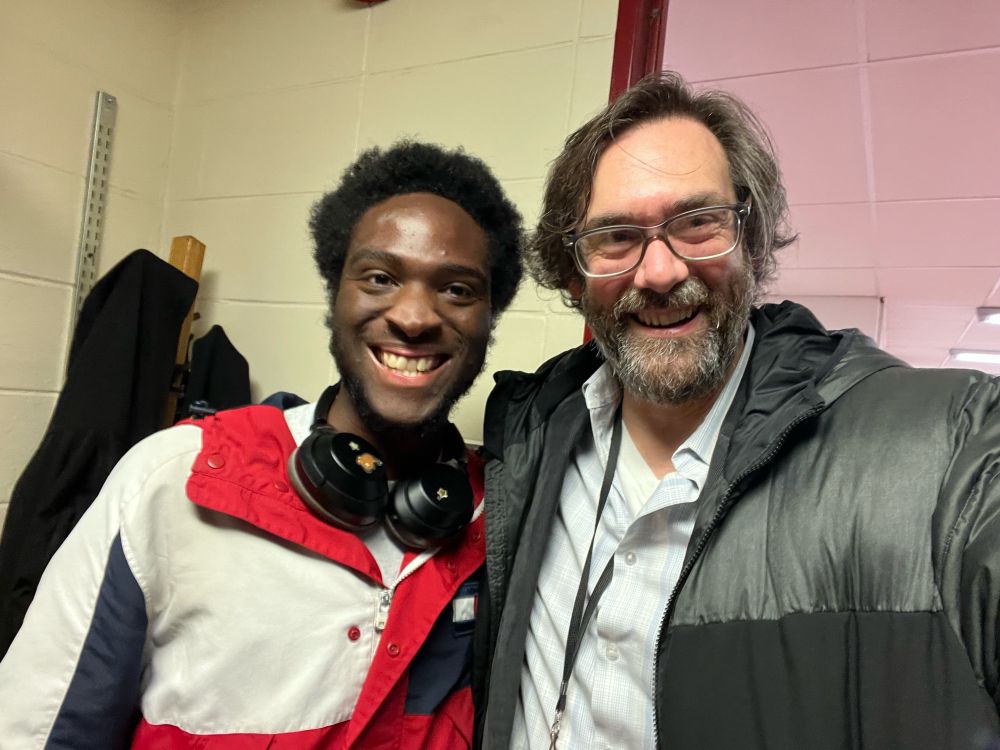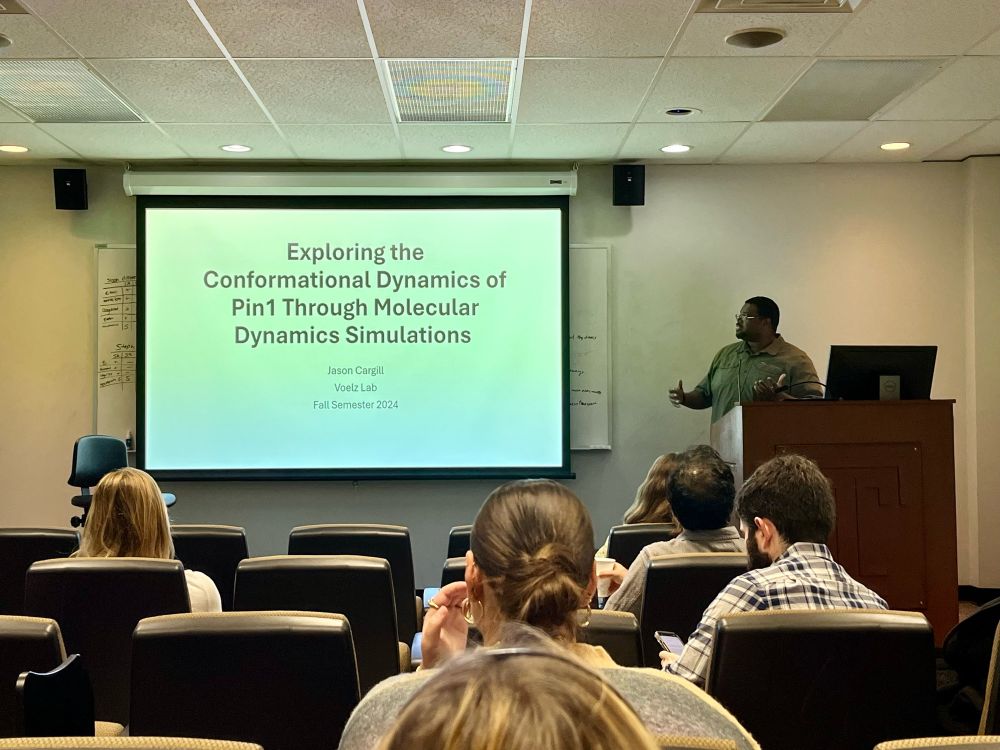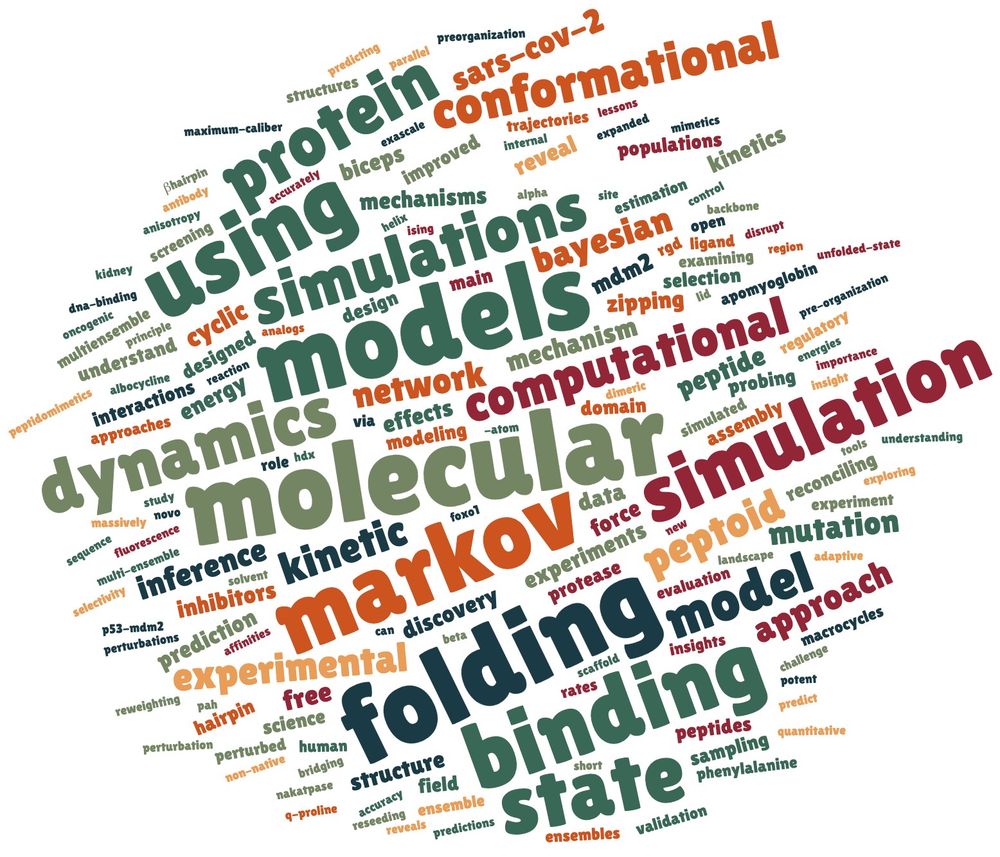https://orcid.org/0000-0002-1054-2124
https://sites.temple.edu/voelzlab


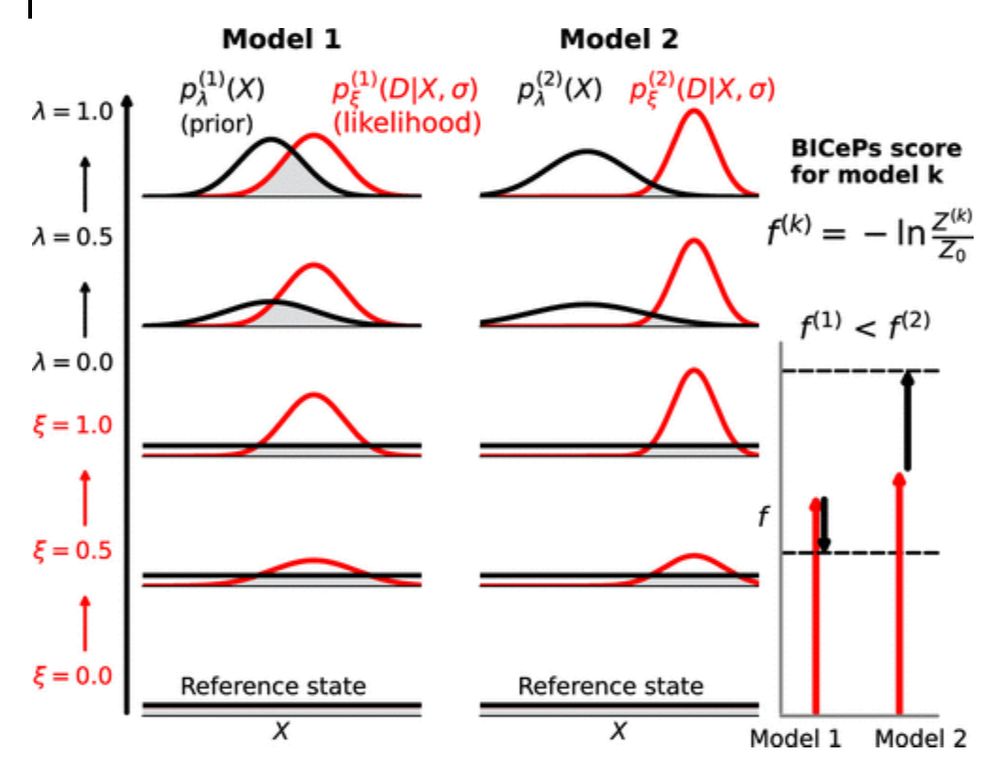
4/7
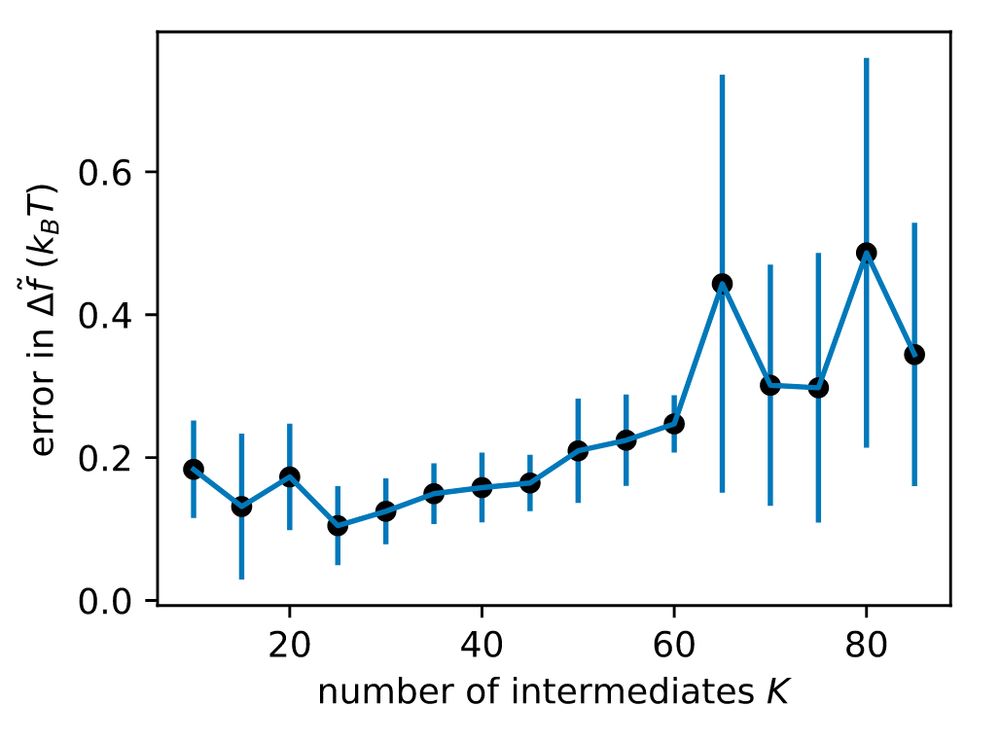
4/7
Here’s a result for a toy system of 1D harmonic potentials:
3/7

Here’s a result for a toy system of 1D harmonic potentials:
3/7
2/7

2/7




